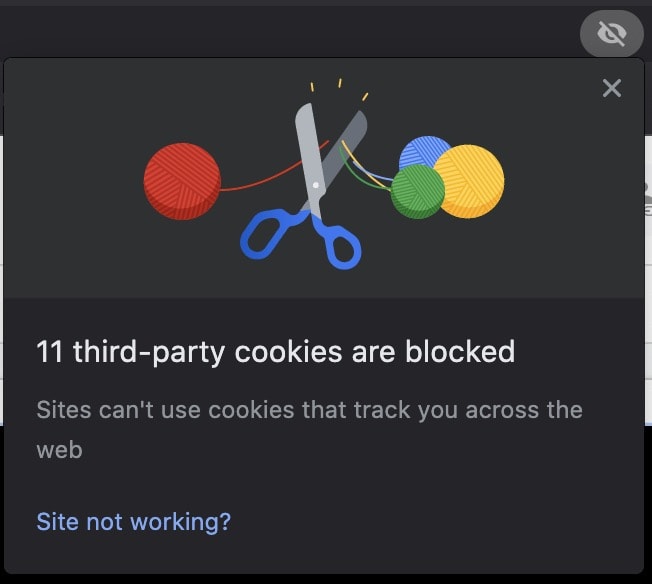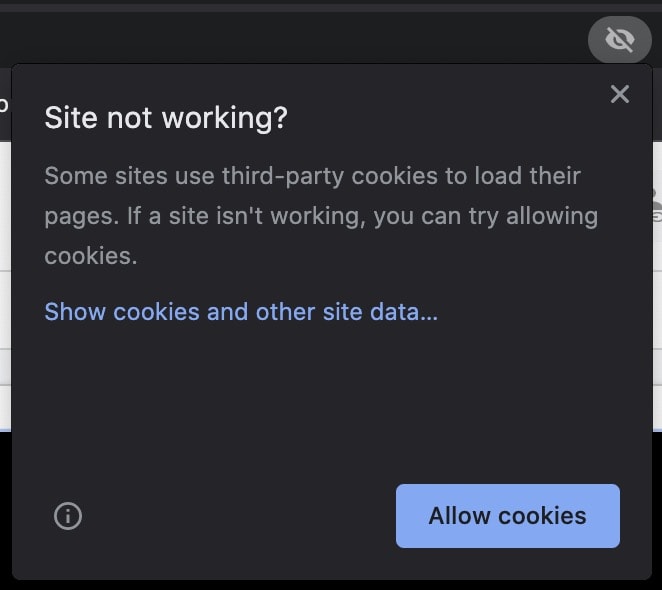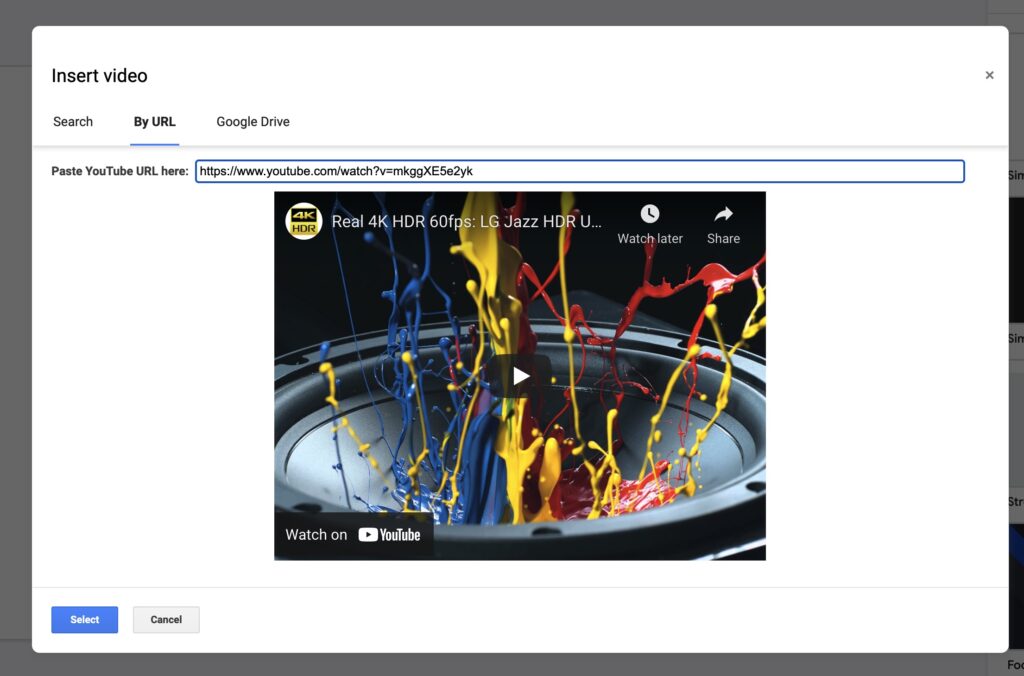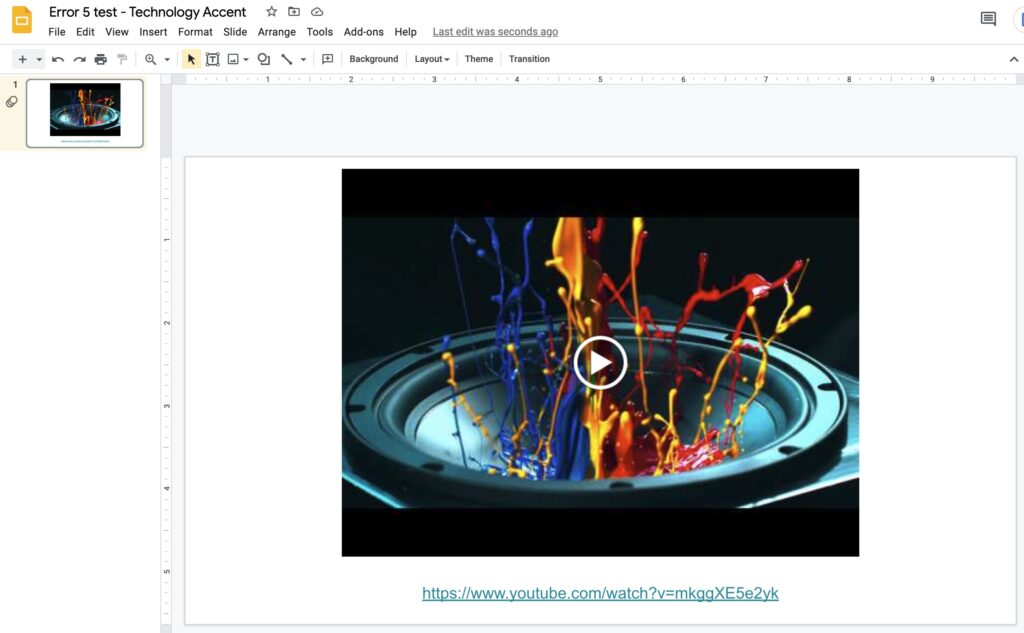The error 5 in google slides can be a very frustrating one for many people, especially those who are new to Google Slides. Even if the problem causing this has been almost fixed by Google, there are still people looking into this issue, so let’s see what is causing it, and the solution!
What is error 5?
This error seems to be pretty common when dealing with google slides containing videos embedded directly from the google drive account. The root cause of the video is most of the time a configuration problem on the browser viewing the slide. For this reason, sometimes the exact same video in the same Google Slides document can be played without problems in other computers/browsers. This causes a situation where you have your document, share it with others, and some can view the video while others cannot.
What causes error 5 in Google Slides?
Digging through forum posts, Google help sites, and other sources, it seems that the root cause of this problem is that browsers (mostly Chrome) are blocking googleusercontent.com as a third-party cookie. This causes an issue with the video loading, making Google Slides unable to play it.
How to solve Google Slides video error 5 if you’re viewing someone else’s slides
If someone shared the slides with you, and you need only to view them, you can try to manually download the file, or ask the creator to provide you with a downloadable link to download the file to your computer and view it locally with a video player like VLC.
Another issue could be that the creator of the slides has not properly shared the video on his Google Drive account. Try to make sure that the embedded video file is shared with your account, or has sharing permissions set to “Anyone on the web can view”. Note, however, that normally if the problem is with video permissions, you should get a different error saying that you need the authorization to view the video.
If this is not possible, you should try to enable the googleusercontent.com third party cookie in Google Chrome, or enable cross-site tracking if you’re using safari. This seems to solve the issue for most people if the sharing permissions are correctly set. If you want you can then revert to the original configuration once you finished viewing the slides.
Fixing the third-party cookies block on Google Chrome
When Google Chrome is blocking Third-Party cookies you should see an eye icon with a stroke on the address bar like this:

To enable third-party cookies you should click on “Site not working?” and then on “Allow cookies”. This will reload the page and now you should be able to play the video correctly.

If nothing works, try to give a link to this article to the creator of the slides so he can read the next section and try to solve the issue on his side for everyone.
How to solve and avoid error 5 if you’re the creator of the slides
If you created the Google Slides document, embedded the video, shared the document and you’re getting people complaining about error 5, you should try to solve the problem yourself for everyone instead of simply suggesting to enable third-party cookies. And Google already gave you the solution!
To solve this problem, you can embed your videos from youtube. If you go into the “Insert” menu and click on “Video”, you’ll get to this screen:

So if you created a Google Slides document with an embedded video and are getting complaints from other people about error 5, you should consider uploading the videos to youtube, and embed them using the youtube link.
If you don’t want to get the video indexed on youtube, you can ask youtube to not include it in the index so it won’t show up on people’s searches on their platform.
Once you uploaded the video to youtube, you should copy the video’s URL, and then:
- Open the slide you want to embed the video into
- Open the “Insert” menu.
- Click on “Video”.
- Click on “By URL”.
- Paste the URL in the “Paste YouTube URL Here” textbox. The video will load right after you paste it.
- Click on “Select”
- Once you embed your video, the best thing to avoid complaints is to add a link to the video on the slide, so people having problems viewing the embedded video, can just click on the link and view it on youtube (the video will not show up in the YouTube search, but everyone with the link can view it).

Conclusions
The Error 5 in google slides can be a pain, as it seems to randomly occur for someone, but not for everyone. Sometimes even the same person on different browsers or different accounts can get different results. In all these cases, the best solution is to upload the video to youtube and embed it from there. The way to stop complaints is to always give the direct link to the video in the same slide, so everyone can just click the link and view the video on youtube.